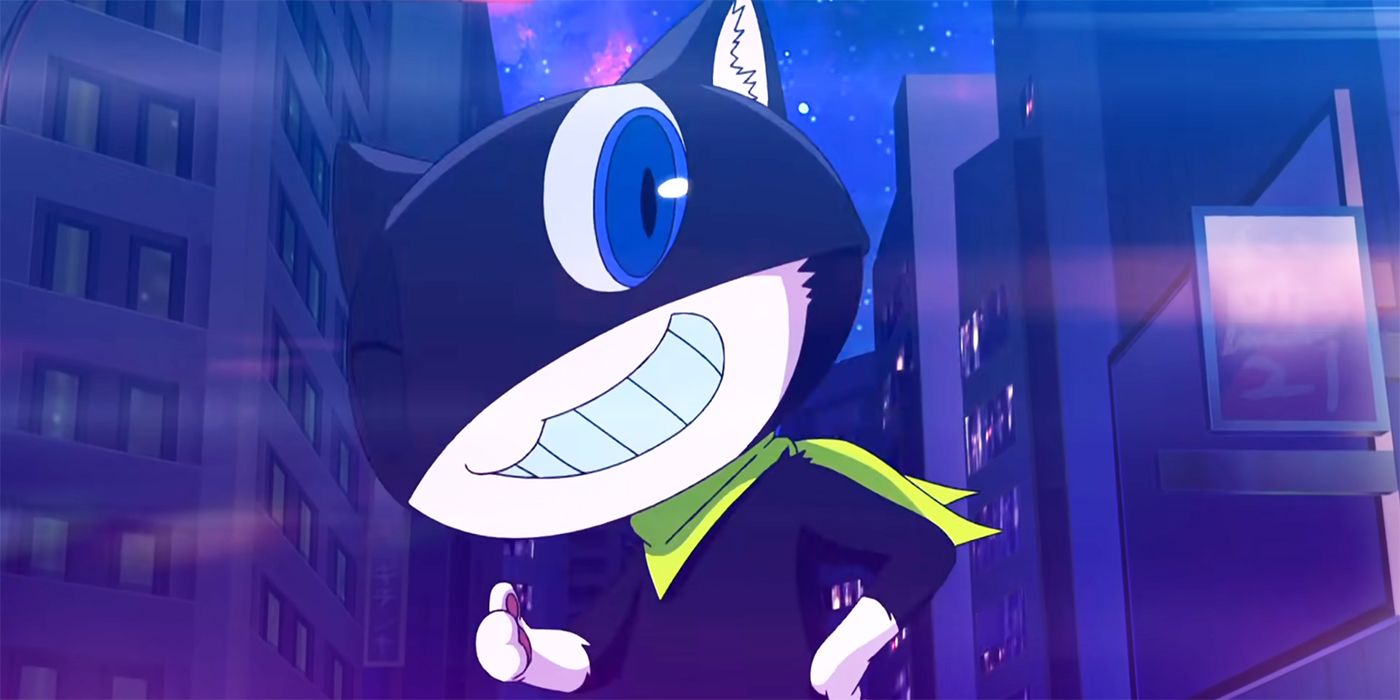
It's been a while since the Phantom Thieves have returned, even more so for those who still haven't made the jump into Persona 5 Royal. Luckily, a completely new adventure for the Thieves is coming in Persona 5 Strikers, a spin-off/sequel to the original Persona 5. Just as the retired rebels of justice begin planning their big summer trip, another Metaverse is discovered, and it's up to the Thieves to once again save the world. Melding Musou-style action mechanics with the elemental affinities and strategies of traditional Persona games, playing through Strikers is an absolute treat, despite being just a little rough around the edges.
Serving as the closest possible experience to a Persona 5 sequel, Persona 5 Strikers is a joyride that fans of the original game can certainly appreciate. Controlling the Phantom Thieves in this new battle system is surprisingly familiar to Persona 5, though simplified in a way that doesn't ruin the game's momentum. There are some oddities in battle scenarios that can make combat encounters too frenetic, but Strikers' combat is often satisfying. Strikers' journey across Japan kicks off in very familiar territory, but the latter half is where things get far more interesting. If Persona 5 fans want just a little more Phantom Thieves, Strikers is a worthy sequel.
RELATED: Persona 5 Strikers' Sequel Role Explained
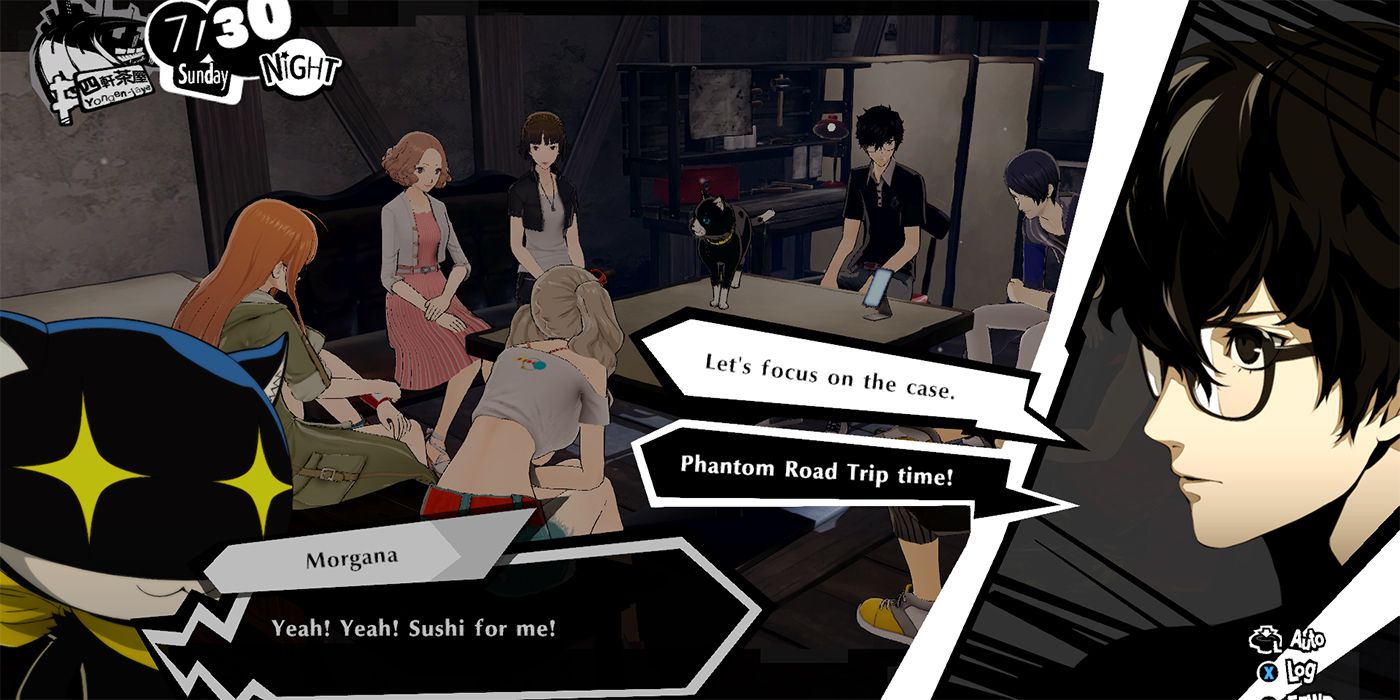
As Joker returns to Tokyo for summer vacation, him and the former Phantom Thieves are planning an epic road trip across Japan. The Thieves certainly get their road trip as Persona 5 Strikers begins, though they're forced to come out of retirement to save the world once more. A new Metaverse threat has arisen in the form of EMMA, a ubiquitous smartphone assistant app that hides a far more sinister purpose than showing people the nearest five-star restaurant. "Changes of Heart" are suddenly happening all across Japan, and it's up to the Phantom Thieves to don the masks once more to stop the epidemic of people giving in to distorted "Desires."
Admittedly, the premise of Persona 5 Strikers is a bit more conceptually hare-brained compared to Persona 5 proper, but it's not so unbelievable that it's immersion-breaking. The story's focus in the first act is clearly on the Phantom Thieves reuniting, rather than focusing on establishing the main conflict. Persona's usual calendar-based progression of time contextualizes events in Persona 5 Strikers, but it has no tangible gameplay restriction. Though as a result, the game's narrative does struggle to pick up serious momentum until about halfway through Strikers.
It's not until the story focuses on the new Phantom Thieves, Sophia and Zenkichi, where the game truly builds up a compelling main conflict. The first three "Jails" (dungeons) in Strikers strongly resemble the narrative beats of Kamoshida, Madarame, and Okumura's Palaces in Persona 5. Veterans of Persona 5 will likely feel as if Strikers is retracing its steps, but once Strikers fully leans into its main conflict, the game's narrative becomes far more interesting. The character development for Zenkichi and Sophia is well done, but it's a little disappointing that players need to review Persona 5-like story arcs before Strikers gets to tell its own enticing story.
RELATED: Persona 5 Strikers Voice Actors Explain Why The Game's Translation Took So Long
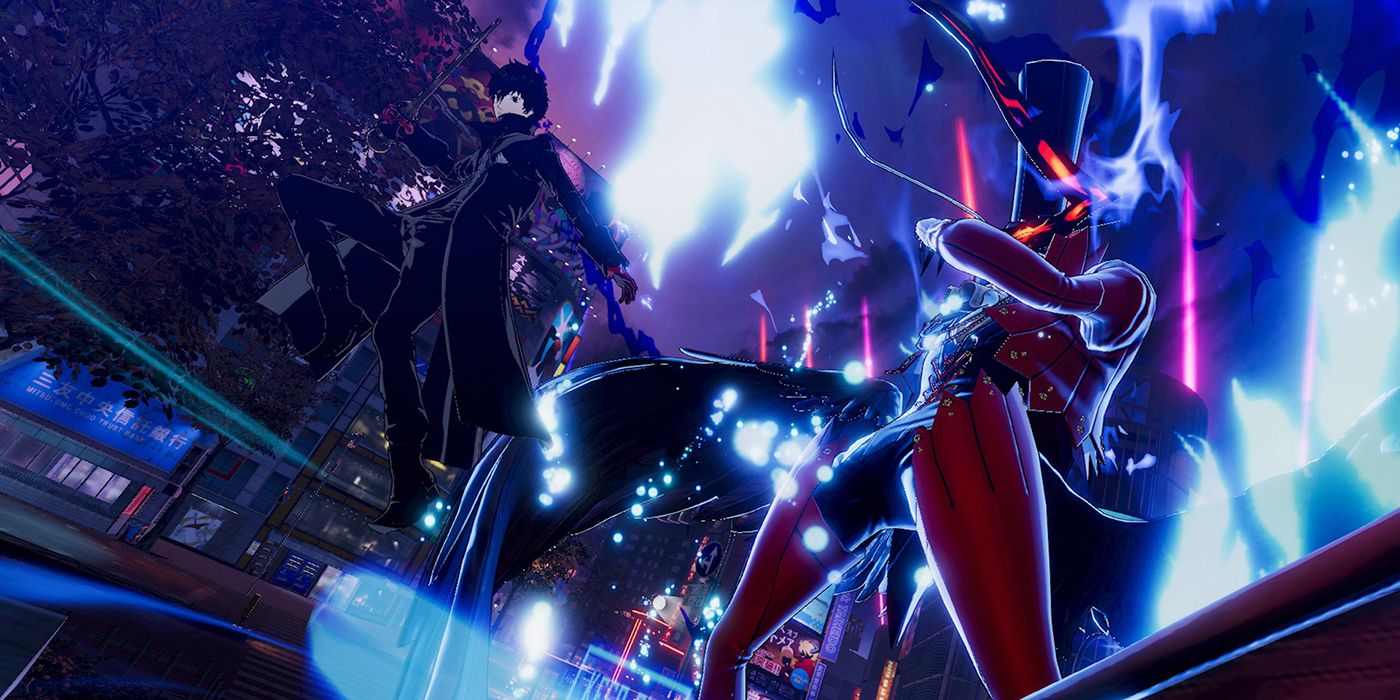
Functionally speaking, Persona 5 Strikers does a surprisingly incredible job of melding the best parts of Persona 5 with the Dynasty Warriors Musou framework. Players string together attack combos, special attacks, and environment triggers to overwhelm the hordes of Shadows attacking them. However, the game also implements a collection of Personas, elemental affinities, weaknesses, and various skills for players to implement in battles. Each Phantom Thief is fully playable, with movesets unique to their character designs, alongside their iconic Personas from the original game. In action, combat is mostly enticing, if a bit unnecessarily taxing.
Unlike other Warriors-like games such as Age of Calamity, battles in Strikers are more microcosmic in comparison. Combat takes place in larger sections of the map, instead of the entire open world, while still maintaining high enemy counts and frantic action. Strikers boasts a unique mechanical complexity that not many Musou-style games have done before, but player feedback can be pretty lackluster. Some times players can get stun-locked, or walloped by an enemy targeting their weakness, seemingly out of nowhere. Once players get used to the flow of combat, difficulty spikes become slightly less prevalent, but it's an issue never fully resolved by player skill.
As an action-RPG, Strikers' progression systems are far more simplified compared to Persona 5's mechanically complex progression system, which isn't a bad thing. Rather than focusing on separate social links/confidants, Persona 5 Strikers utilizes a singular "Bond" level for all of Joker's teammates. Any activity, either inside or outside of Jails, rewards Bond points to purchase different stat upgrades or abilities for all playable characters in Strikers. Not only does this maintain the game's flexibility of playable party members, but it also doesn't bog down the game's pace with a complex system in a comparatively shorter gameplay experience.
RELATED: New Persona 5 Strikers Trailer Showcases Each Thief's Unique Combat Abilities
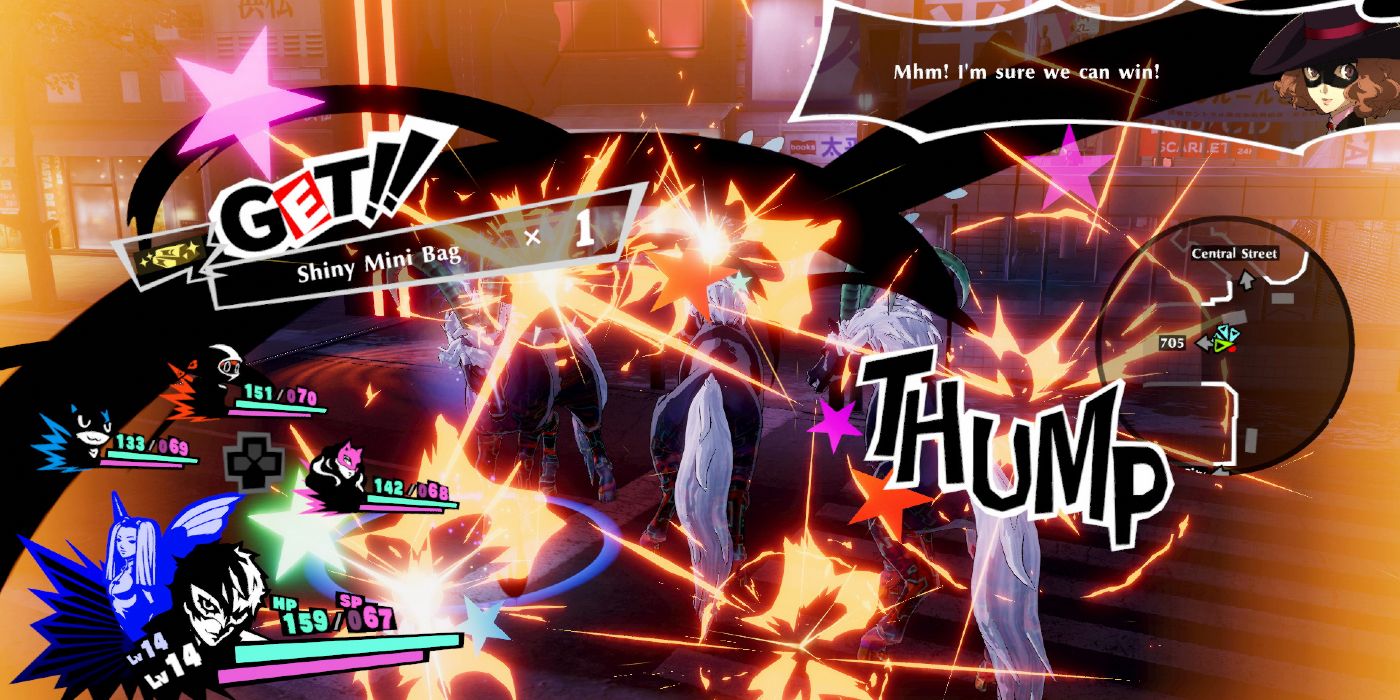
In the visuals department, Persona 5 Strikers does indeed resemble Persona 5, though it is different in many ways. It's arguable that Persona 5 Strikers adapts the original Persona 5 aesthetic into its own distinctive identity. While Persona 5's UI aesthetic was slick and stylish, Strikers' menus are full of visual fanfare and flashy poses. There's nothing subtle about navigating menus in Persona 5 Strikers, with each transition showcasing a unique 3D interaction with a specific Phantom Thief. In-game art and environments are far brighter in Strikers than in Persona 5. The game maintains its own visual identity in a way that's familiar, but also evokes its own unique tone.
A couple things to note on the performance side of Persona 5 Strikers: When the game's in action, it looks and runs beautifully. Character models are a bit low-res up close, but rarely is that a noticeable downside. Being able to engage in combat at 60 FPS on PC is truly the definitive way to play Strikers, though the game does also perform serviceably well on other platforms. One surprising issue with the game's performance pre-launch are the load times, even on a high speed SSD on PC. Granted this is an issue that can be remedied with updates/patches, but booting up the game and the loading times between entering/exiting Jails are surprisingly abysmal.
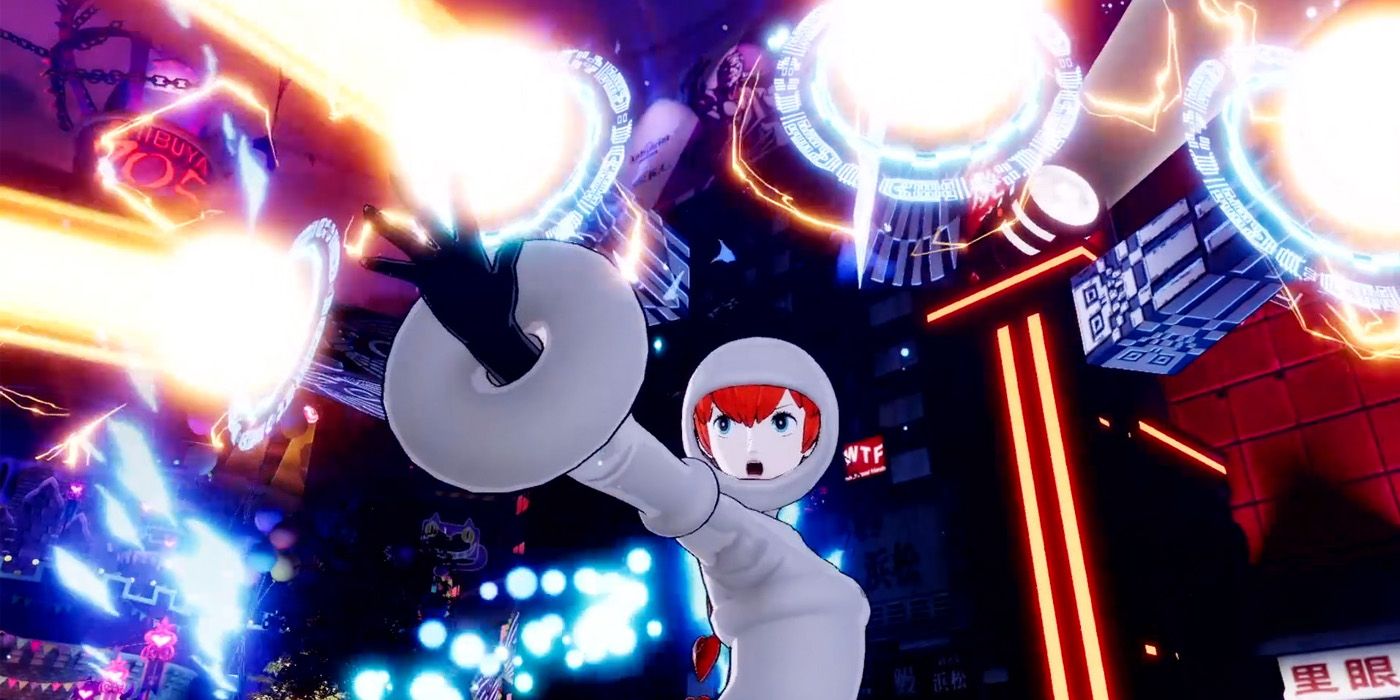
Early on in Persona 5's development, P-Studio had considered an action-RPG format for the original Persona 5. While the Phantom Thieves debut maintained Persona's traditional JRPG framework, Persona 5 Strikers showcases what could've been in an overall successful manner. There are kinks that could've been worked out, with battles lacking a significant degree of player feedback that unnecessarily inflating the game's difficulty. Strikers' story also takes a little too long to hit its stride, but it does reward players who stick around for the long haul. Acting as a sequel to the critically acclaimed JRPG, Persona 5 Strikers is a fantastic continuation for the Phantom Thieves.
Persona 5 Strikers releases on February 23, 2021, for PC, PS4, and Nintendo Switch. Game Rant was provided a PC code for the purposes of this review.
MORE: Persona 5 Strikers Kickstarts The Franchise's Anniversary Year, But It Won't Be All

